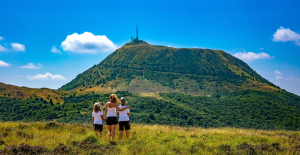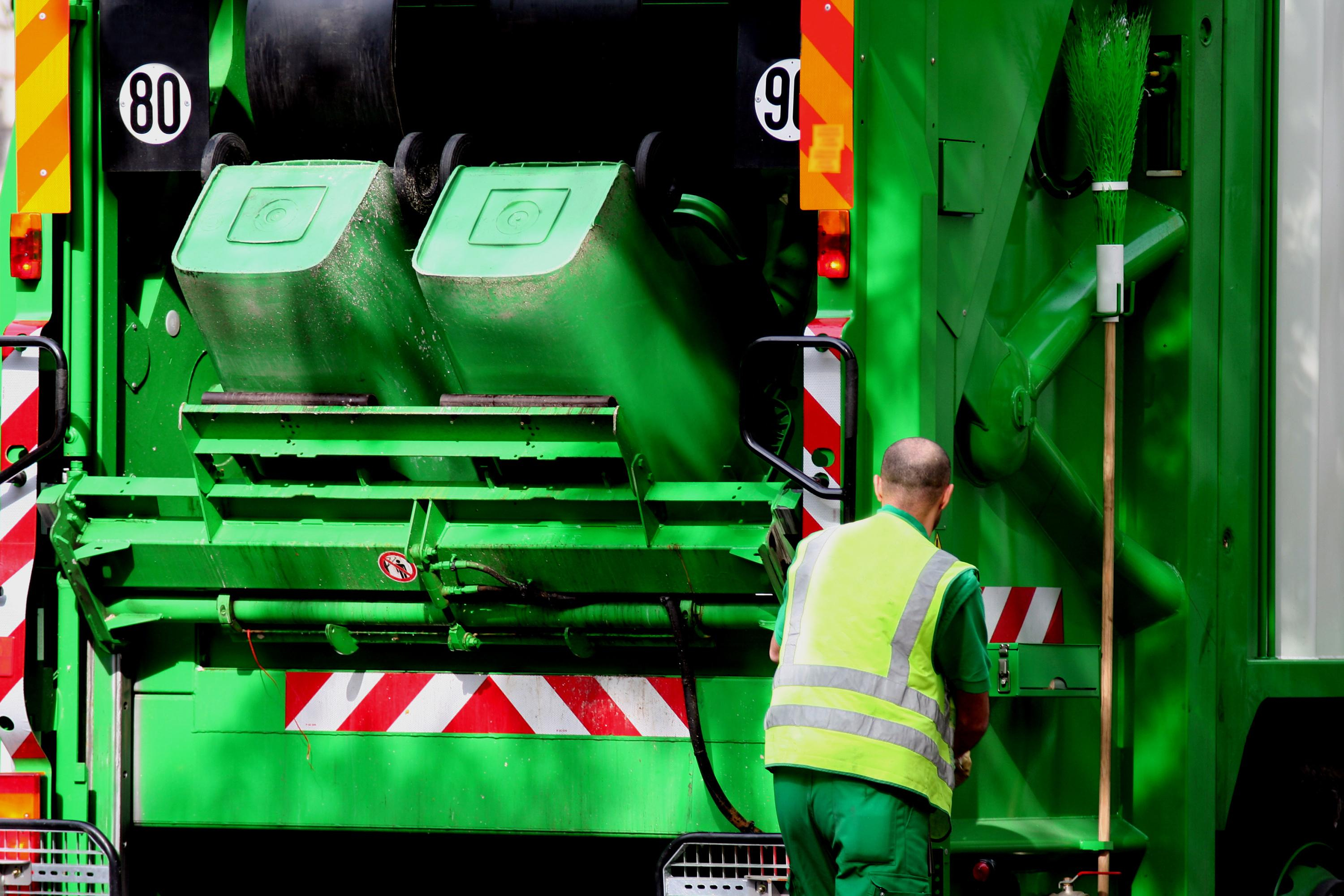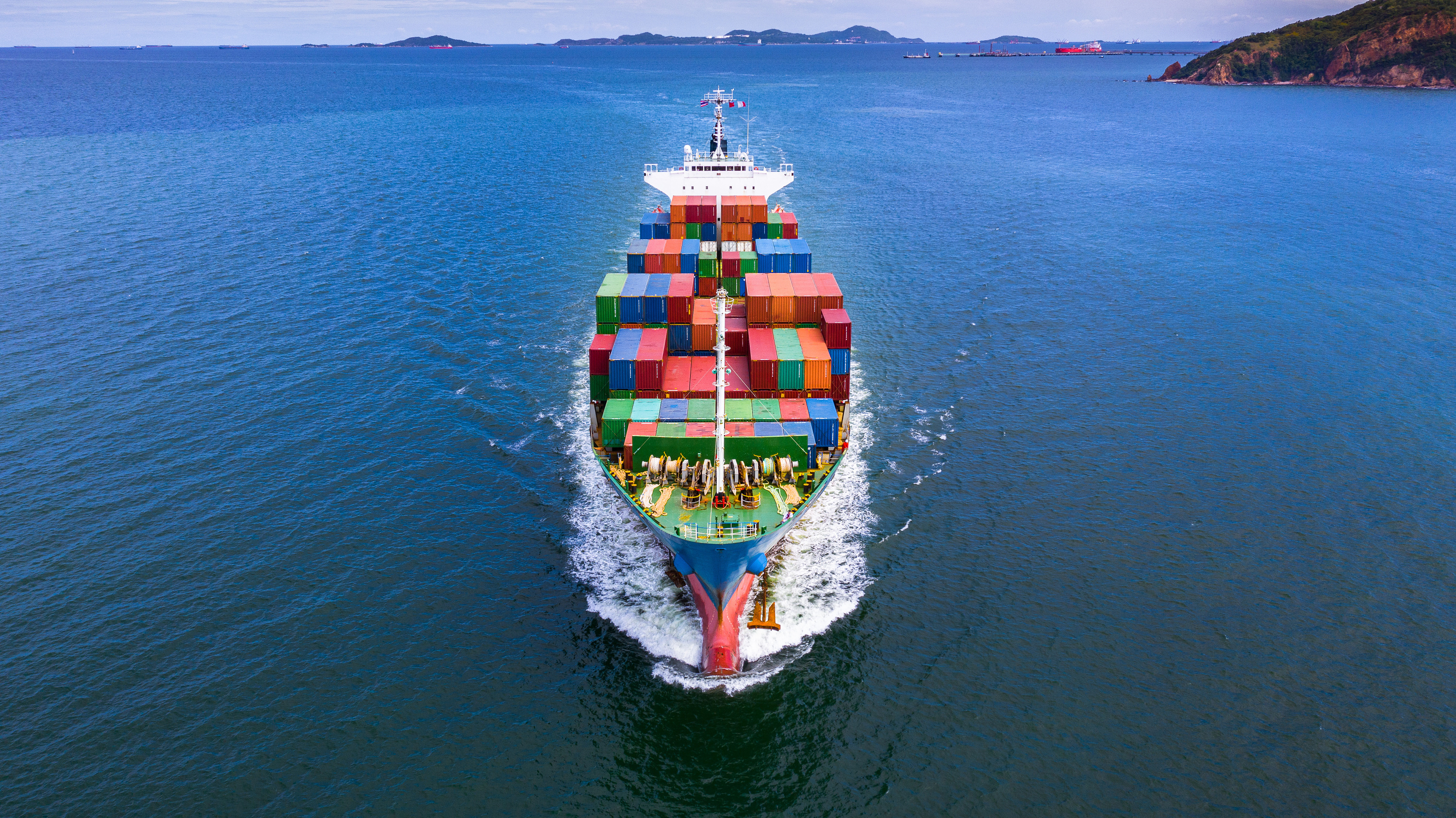Climate change is affecting the planet. The latest studies warn that if we don’t address it now, sea level rise of at most one meter by the end of this century could be a real possibility. Numerous beaches and enclaves along the coasts of the five continents will flood. It's not something that's happened before, but it can be seen in hindsight. Historical analysis of the geography of the world shows that coastlines have changed significantly over time due to both human intervention and natural evolution. Yes, it was true that before everything happened, the land was the one expanding, occupying thousands upon thousands of hectares. This has caused cities once considered to be port to move away from the coast, losing their seafaring and port identities.
Jesus Maria Esteban, president of Basque Association of Mineralogy and Paleontology, stated that the coastal morphology is changing because of erosion of currents and tides and storms and sediments carried to the sea by rivers. However, it's true that man has had a decisive role in shaping the environment since the dawn of time. It is a turning point in Industrial Revolution. The global nature of environmental damage has changed. It was once "drastic but always local". It is possible to change the physiognomy and the socioeconomic structure of an area.
He believes that the Ebro Delta in Spain is a good example. Although it covers 320 km2, "if there had been no intervention, it would have been much smaller." To make way for farming and pasture, trees were cut on both banks. This "favored soil erosion" and caused the riverbed to carry more sediment than it should. The result was ever-larger dunes and marshes at the mouth. Unfortunately, only 20% of the riverbed is left as natural space. The remaining 5% of the land has been developed into arable land, and another 75% has been converted to urban areas.
He believes that the main reason the coastlines have been so varied is precisely the gradual "drying" in flood-prone areas. It was mostly done to gain space from sea. This was a lot of what happened in Valencia. Joan Olmos i Llorens is Professor of Urban Planning at his Polytechnic University. He recalls that the Romans built this city on an island near the mouth of River Turia. It was then only three kilometers from the coast and was surrounded by water. The urban center today is entirely inland and has been urbanized. It is five kilometers from the nearest water source.
Esteban points out, however, that gaining ground from sea is inherent in the nature of marshes, and over long periods they alone can alter the coastline. This was true in Guadalquivir where, 6,500 years ago, "the coastline reached Seville"; the Roman ships docked at its port until its floodable areas were full around the 6th Century. The geologist also gives another extreme example of sediment accumulation: "They blocked the port at Ephesus, leading to the disappearance this city in Asia Minor>>." These five European cities are more current, as the physical alteration to their mouths caused them to reinvent themselves.
Aveiro (Portugal)
Because of the many gondolas that travel through the city's center, it is also known as "Portuguese Venice". Aveiro, in its original form, was orientated towards the ocean. It is located in a large bay that is completely open to Atlantic. This can be seen in cartographies dating back to the 10th century. However, the "fluvial sediments and strong sea currents" caused a sandbar to grow parallel to the ocean over time. Although the process was natural and continued for hundreds of years, Jesus Maria Esteban claims that man also played a role in it. "A large portion of this waste came out of the Duero River mouth, which then came down saturated with the remains of erosion caused by the deforestation in the interior of Spain>>.
The bar was raised and in 1575 a severe storm made it impossible for ships of any size to sail out to sea. Due to force majeure, the port was closed and trade with the Americas was cut off. Many people fled because it was impossible to make a living. Port traffic declined after the opening of a canal in the 19th century. However, the canals still reach the heart and are a popular tourist attraction.
Evolution of the Aveiro estuary.
Rome Italy)
The Italian capital was built on seven hills. This was due to the fact that the Tiber River was powerful and did not allow for human settlements at its mouth. It was therefore built on elevated ground. To reach the center of Ostia, which is 32 km away, it takes half an hour to drive. Jesus Maria Esteban points to the fact that the Roman Empire had its own port. "This was the place where the galleys arrived. They were known for their flat keels and no draft."
The channel became impassable due to increasing sedimentation in the 2nd Century BC. New ports were built further down to reach the coast strip. Rome has expanded more than ten kilometres inland since then. It now includes ancient marshes and factories, while only a small portion of the Tiber's mouth is protected as a nature preserve. He has certainly turned his back to the sea.
Montpellier (France)
Montpellier survived on maritime trade and fishing under the rule of Louis IX (1226-1270). Montpellier was able to harness the potential of the Lez River, and the small fishing village of Lattes to its south, to create a port power that allowed merchandise from all parts of the world to enter France, at least until the end 14th century. Port Ariane, a charming, enclosed sports pier, is the only remnant of this power. Large swathes of marshes were filled in and occupied with housing developments and farmland. The river, however, was channeled to make it more convenient and descends between locks and dams. Accessible only to draft boats. It is not accessible to draft boats.
Arles (France)
The 2011 recovery of the Rhone's bed by a 31-meter-long barge, built in the 1st Century, was a testament to the importance Arles held as a commercial port for the Roman Empire. Because of its navigability, the city was one of the most important river ports at the time. It retained much of its glory until the Saracen Wars in the 9th century when it began to decline. Arles was a major river port for many years. However, the railway's arrival in 19th-century made it impossible for river trade to continue, and led to the economic decline. Arles, today, is the heart of an agricultural region. It retains a tremendous tourist attraction due to its many Roman remains -many of which have been declared World Heritage Sites - and because it was the home of Vincent Van Gogh, the painter.
Ravena (Italy).
The Ravenna port today is made up of many factories and pavilions along the navigable channel. It has a lot of history. It was discovered in 17th-century, using the river bed that had been there for centuries to channel the water to end the constant floods the city suffered, despite it being more than 10 km from the coast. It is interesting that its inhabitants have lived since Roman times from port trade. This was due to another natural channel connecting with the coast. However, this channel became impracticable for navigation, particularly after the fifteenth century.

 Poland, big winner of European enlargement
Poland, big winner of European enlargement In Israel, step-by-step negotiations for a ceasefire in the Gaza Strip
In Israel, step-by-step negotiations for a ceasefire in the Gaza Strip BBVA ADRs fall almost 2% on Wall Street
BBVA ADRs fall almost 2% on Wall Street Ukraine has lost 10 million inhabitants since 2001... and could lose as many by 2050
Ukraine has lost 10 million inhabitants since 2001... and could lose as many by 2050 Sánchez cancels his agenda and considers resigning: "I need to stop and reflect"
Sánchez cancels his agenda and considers resigning: "I need to stop and reflect" The Federal Committee of the PSOE interrupts the event to take to the streets with the militants
The Federal Committee of the PSOE interrupts the event to take to the streets with the militants Repsol: "We want to lead generative AI to guarantee its benefits and avoid risks"
Repsol: "We want to lead generative AI to guarantee its benefits and avoid risks" Osteoarthritis: an innovation to improve its management
Osteoarthritis: an innovation to improve its management The Fed maintains its rates in the face of “lack of progress” on the inflation front
The Fed maintains its rates in the face of “lack of progress” on the inflation front Microsoft announces investment of 2.05 billion euros in AI and cloud in Malaysia
Microsoft announces investment of 2.05 billion euros in AI and cloud in Malaysia Ukraine gets a spokesperson generated by artificial intelligence
Ukraine gets a spokesperson generated by artificial intelligence The French will take advantage of the May bridges to explore France
The French will take advantage of the May bridges to explore France Actor Laurent Lafitte leaves the Comédie-Française
Actor Laurent Lafitte leaves the Comédie-Française Death of Paul Auster: Actes Sud says he is “lucky” to have been his publisher in France
Death of Paul Auster: Actes Sud says he is “lucky” to have been his publisher in France Lang Lang, the most French of Chinese pianists
Lang Lang, the most French of Chinese pianists Author of the “New York Trilogy”, American novelist Paul Auster has died at the age of 77
Author of the “New York Trilogy”, American novelist Paul Auster has died at the age of 77 Omoda 7, another Chinese car that could be manufactured in Spain
Omoda 7, another Chinese car that could be manufactured in Spain BYD chooses CA Auto Bank as financial partner in Spain
BYD chooses CA Auto Bank as financial partner in Spain Tesla and Baidu sign key agreement to boost development of autonomous driving
Tesla and Baidu sign key agreement to boost development of autonomous driving Skoda Kodiaq 2024: a 'beast' plug-in hybrid SUV
Skoda Kodiaq 2024: a 'beast' plug-in hybrid SUV The home mortgage firm rises 3.8% in February and the average interest moderates to 3.33%
The home mortgage firm rises 3.8% in February and the average interest moderates to 3.33% This is how housing prices have changed in Spain in the last decade
This is how housing prices have changed in Spain in the last decade The home mortgage firm drops 10% in January and interest soars to 3.46%
The home mortgage firm drops 10% in January and interest soars to 3.46% The jewel of the Rocío de Nagüeles urbanization: a dream villa in Marbella
The jewel of the Rocío de Nagüeles urbanization: a dream villa in Marbella Europeans: a senior official on the National Rally list
Europeans: a senior official on the National Rally list Blockade of Sciences Po: the right denounces a “drift”, the government charges the rebels
Blockade of Sciences Po: the right denounces a “drift”, the government charges the rebels Even on a mission for NATO, the Charles-de-Gaulle remains under French control, Lecornu responds to Mélenchon
Even on a mission for NATO, the Charles-de-Gaulle remains under French control, Lecornu responds to Mélenchon “Deadly Europe”, “economic decline”, immigration… What to remember from Emmanuel Macron’s speech at the Sorbonne
“Deadly Europe”, “economic decline”, immigration… What to remember from Emmanuel Macron’s speech at the Sorbonne These French cities that will boycott the World Cup in Qatar
These French cities that will boycott the World Cup in Qatar NBA: Boston will see the semi-finals, the Clippers one step away from elimination
NBA: Boston will see the semi-finals, the Clippers one step away from elimination Paris 2024 Olympic Games: “It would have been an incredible honor”, Rudy Gobert will ultimately not be flag bearer
Paris 2024 Olympic Games: “It would have been an incredible honor”, Rudy Gobert will ultimately not be flag bearer Champions League: Dortmund coach praises Jadon Sancho, author of a great performance against PSG
Champions League: Dortmund coach praises Jadon Sancho, author of a great performance against PSG Football: a goal from Georges Mikautadze broadcast...in Times Square
Football: a goal from Georges Mikautadze broadcast...in Times Square


















